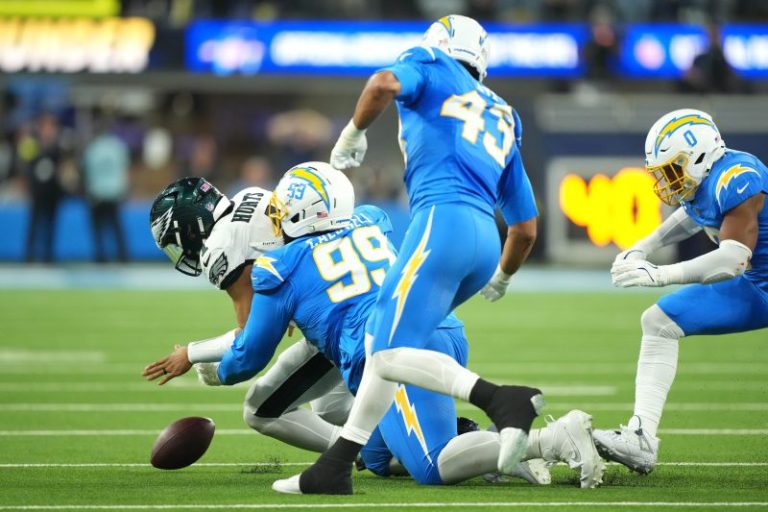Here’s a quick recap of the crypto landscape for Monday (December 8) as of 9:00 p.m. UTC.
Get the latest insights on Bitcoin, Ether and altcoins, along with a round-up of key cryptocurrency market news.
Bitcoin and Ether price update
Bitcoin (BTC) was priced at US$90,672.01, down by 0.9 percent over 24 hours.
Bitcoin price performance, December 8, 2025.
Chart via TradingView.
Cryptocurrencies traded choppily, but were ultimately directionless over the weekend.
Bitcoin briefly slipped toward the high US$87,000s on Sunday (December 7) ahead of this week’s US Federal Reserve meeting, with both short and long positions liquidated.
Markets are pricing in a 25 basis point interest rate cut from the Fed on Wednesday (December 10), but labor weakness and sticky inflation will make Chair Jerome Powell’s tone pivotal.
Linh Tran, senior market analyst at XS.com, believes Bitcoin “will likely continue oscillating within the US$84,000 to US$100,000 range until the Fed delivers a clear message,” adding that a 0.25 percentage point cut and dovish signals “would be favorable for risk assets, particularly Bitcoin,” while a hawkish stance risks downward pressure.
On Monday, Bitcoin briefly traded at around US$92,000, but failed to retest US$92,000 to US$93,500 resistance, dropping below US$90,000 as the US market opened.
Crypto analyst Daan Crypto Trades said bulls must defend the 0.382 Fibonacci retracement zone, which serves as a key area of support and resistance during market cycles. Failure to do so could result in a fall to April lows. Fellow analyst van de Poppe is eyeing US$86,000 as key support before potential lows retest.
Liquidity stayed thin, and derivatives positioning showed waning momentum rather than clear trend conviction, setting up a cautious, data‑dependent start to the new week.
Last week, US spot Bitcoin exchange-traded funds (ETFs) experienced net outflows of US$87.77 million, while spot Ether ETFs recorded US$65.59 million in outflows.
Cycle data mirroring 2022’s market suggests Bitcoin’s long-term bottom is in or imminent, according to investment manager Timothy Peterson. Derivatives data analyzed by CryptoQuant indicates trader apathy, signaled by low OI and leverage, paving the way for a potential rally.
Ether (ETH) is currently priced at US$3,129.54, down 0.4 percent over 24 hours.
Altcoin price update
- XRP (XRP) was priced at US$2.09, a decrease of 0.2 percent over 24 hours.
- Solana (SOL) was trading at US$134.23, down by 1.3 percent over 24 hours.
Crypto derivatives and market indicators
Bitcoin futures open interest rose 0.53 percent to US$58.18 billion in the last four hours of trading, alongside US$4.88 million in liquidations that hit mostly long positions, while Ether open interest climbed 0.49 percent to US$37.84 billion, with US$8.76 million liquidated.
Bitcoin’s relative strength index sits neutral at 51.67 with a mildly negative funding rate of -0.001 percent, signaling balanced momentum and slight short bias, whereas Ether’s positive 0.006 percent funding rate points to lingering long interest despite the downside pressure.
These metrics reflect cautious positioning amid recent Bitcoin consolidation, with rising open interest indicating fresh capital entering despite liquidation flushes that targeted longs more aggressively. The neutral-to-bearish Bitcoin funding and RSI suggest limited upside conviction short-term, potentially capping rallies until macro catalysts provide direction, while Ether’s funding tilt hints at relative resilience in alt positioning.
Today’s crypto news to know
StableChain launches mainnet
StableChain has launched its mainnet, introducing USDT as the gas fee token alongside a new dedicated governance token for network participants.
Tether’s USDT regulatory win
Tether’s USDT stablecoin received key regulatory status in Abu Dhabi, enhancing its legitimacy for institutional use.
BlackRock files for staked Ether ETF
BlackRock filed to list a staked Ether ETF, signaling growing institutional appetite for Ether-based yield products.
SEC closes Ondo probe
The US Securities and Exchange Commission (SEC) ended its investigation into tokenized equity platform Ondo Finance, clearing a major regulatory hurdle.
Strategy boosts BTC holdings
Strategy’s (NASDAQ:MSTR) Bitcoin treasury has surpassed 660,000 BTC after a US$962 million purchase, underscoring aggressive accumulation by major players.
Securities Disclosure: I, Meagen Seatter, hold no direct investment interest in any company mentioned in this article.










